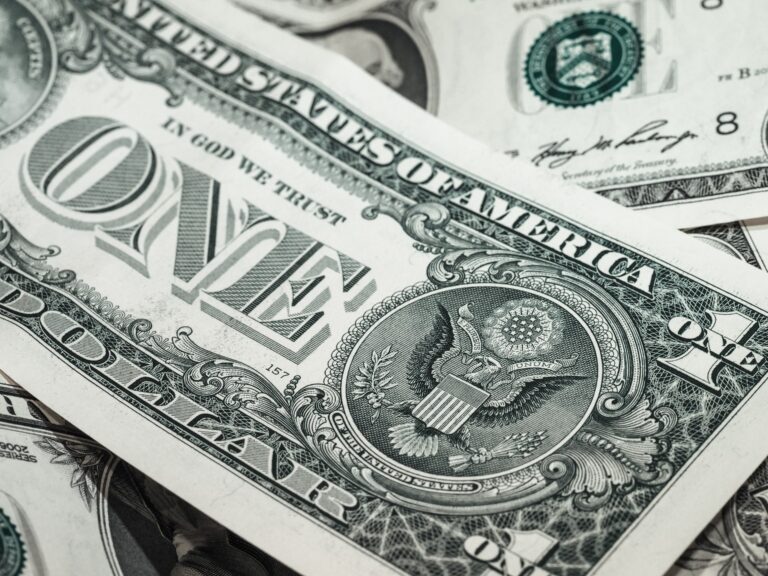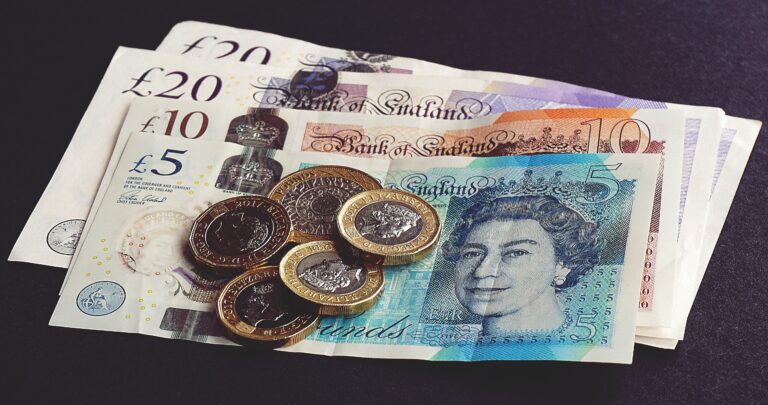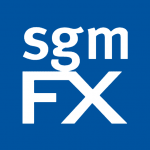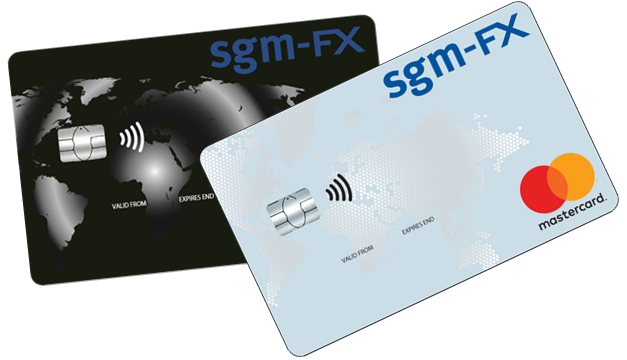
Morning Brief – Monday 25th
Purchasing Power Parity and the Big Mac Index
More about Purchasing Power Parity or PPP which we wrote about last week: the old benchmark which best describes this measurement was started by the Economist newspaper in 1986 and monitors a basket of shopping containing just one item: the cost of a Big Mac in the world’s different countries.
The idea is that the USA represents parity and therefore the other countries are either expensive or cheap versus parity. As we all know, life is not exactly not like that and Big Macs do not revert to the mean ie Switzerland has consistently been one if not the most expensive country in the world. Nor is it likely any time soon that Filipinos will earn enough in 10.7 minutes to buy themselves a Big Mac.
Nevertheless it IS instructive to see the most expensive country, Switzerland at $6.57 versus the cheapest, Egypt at $1.75. Plus the fastest time to earn the cost of a Big Mac, Hong Kong at 8.6 minutes versus the longest time, Kenya at 172.6 minutes.
As at July 2018:
Six most expensive (July 18, 2018) This statistic shows the most expensive places to buy a Big Mac
 Switzerland – $6.57 (6.50 CHF)
Switzerland – $6.57 (6.50 CHF) Sweden – $5.83 (51.00 SEK)
Sweden – $5.83 (51.00 SEK) United States – $5.51 (5.51 USD)
United States – $5.51 (5.51 USD) Norway – $5.22 (42 NOK)
Norway – $5.22 (42 NOK) Canada – $5.08 (6.65 CAD)
Canada – $5.08 (6.65 CAD) Euro area – $4.75 (4.56 EUR)
Euro area – $4.75 (4.56 EUR)
Six cheapest (July 18, 2018) This statistic shows the least expensive places to buy a Big Mac
 Egypt – $1.75 (31.37 EGP)
Egypt – $1.75 (31.37 EGP) Ukraine – $1.91 (50 UAH)
Ukraine – $1.91 (50 UAH) Russia – $2.09 (130 RUB)
Russia – $2.09 (130 RUB) Malaysia – $2.10 (8.45 MYR)
Malaysia – $2.10 (8.45 MYR) Indonesia – $2.19 (31,500 IDR)
Indonesia – $2.19 (31,500 IDR) Taiwan – $2.27 (69 TWD)
Taiwan – $2.27 (69 TWD)
Six fastest earned (July 2015) This statistic shows the average working time required to buy one Big Mac in selected cities around the world in 2015.
 Hong Kong – 8.6 min
Hong Kong – 8.6 min Luxembourg – 10.3 min
Luxembourg – 10.3 min Japan, Tokyo – 10.4 min
Japan, Tokyo – 10.4 min Switzerland, Zurich – 10.6 min
Switzerland, Zurich – 10.6 min United States, Miami – 10.7 min
United States, Miami – 10.7 min Switzerland, Geneva – 10.8 min
Switzerland, Geneva – 10.8 min
Six slowest earned (July 2015) This statistic shows the average working time required to buy one Big Mac in selected cities around the world in 2015.
 Kenya, Nairobi – 172.6 min
Kenya, Nairobi – 172.6 min Philippines, Manila – 87.5 min
Philippines, Manila – 87.5 min Mexico, Mexico City – 78.4 min
Mexico, Mexico City – 78.4 min Indonesia, Jakarta – 66.7 min
Indonesia, Jakarta – 66.7 min Egypt, Cairo – 62.5 min
Egypt, Cairo – 62.5 min Ukraine, Kyiv – 54.7 min
Ukraine, Kyiv – 54.7 min
The UK market starts the week absorbing the fact that Theresa May has promised a vote (now) by 12-03-19. Does she have a deal with Brussels within her grasp? Will Parliament vote it through?
GBP has started trading in Australia at exactly where it left off in NYC on Friday night. So far the markets are giving TM the benefit of the doubt…
Last an oldie but goldie….
(yet another) sign spotted in a local pharmacy window by eagle eyed Alex, SGM-FX Head of Compliance:
Viagra- it may not make you James Bond but it will certainly make you Roger Moore.
Such a professional that Alex!
Discussion and Analysis by Humphrey Percy, Chairman and Founder

Click Here to Subscribe to the SGM-FX Newsletter
Related Insights

Daily Brief – A rising tide lifts all boats
A rising tide lifts all boats As the Dollar continues to perform lacklustre oscillations, key pairs remain rangebound. The trend so far this week has been for a mildly weaker Dollar. Given that the Dollar is considered the primary counterparty for most currencies, this creates a rising tide effect across the rest of the market. […]

Daily Brief – Calling time on Swissy
Calling time on Swissy Switzerland’s Franc may be destined to faulter under its own weight. Despite rock bottom interest rates, the Swiss Franc has been a significant beneficiary of the post-Covid and Trump2 world. EURCHF, a key barometer of European risk, shows some 20-cents worth of Swiss rally post-Covid. The pair has dropped from well […]

Daily Brief – A look ahead
A look ahead The UK Pound continues to be influenced by the gilt market and fiscal concerns. Sterling has been a very expensive short this year, contributing to its relative outperformance. In fact, the few episodes of sustained weakness we have seen tended to have either coincided with a global risk-off turn or a sharp […]



 Charles Porter
Charles Porter